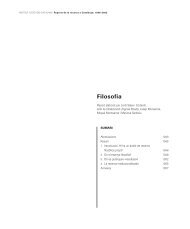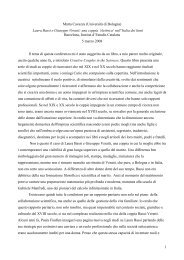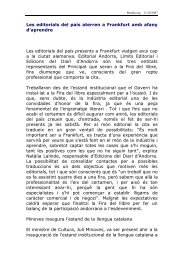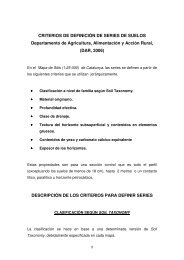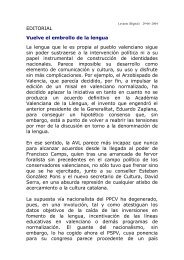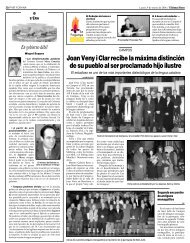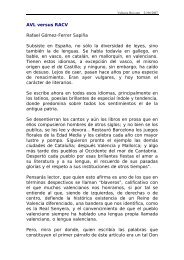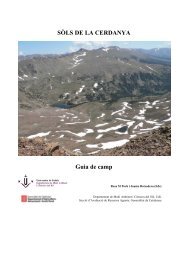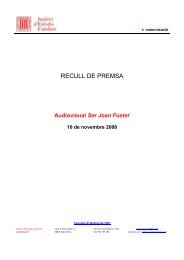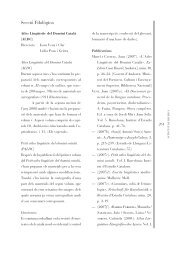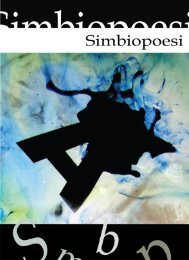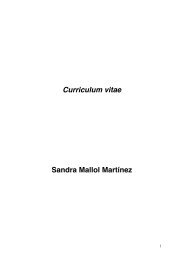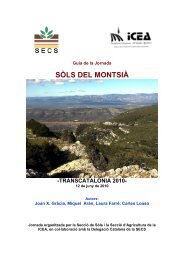The Errors & Animadversions of Honest Isaac Newton by Sheldon ...
The Errors & Animadversions of Honest Isaac Newton by Sheldon ...
The Errors & Animadversions of Honest Isaac Newton by Sheldon ...
You also want an ePaper? Increase the reach of your titles
YUMPU automatically turns print PDFs into web optimized ePapers that Google loves.
index <strong>of</strong> refraction <strong>of</strong> one color would determine the index for all colors. Hewrote: “Although I have not yet derived the certainty <strong>of</strong> this proposition fromexperiments, nevertheless I do not doubt that it will satisfy all <strong>of</strong> them whichit is possible to do... meanwhile I am content to assume it gratuitously.”<strong>Newton</strong> scholar Alan E. Shapiro claims that: “ When [<strong>Newton</strong>] finally chosethe linear dispersion law in the ‘Opticks,’ [one <strong>of</strong> two mutually inconsistentlaws he had at times proposed,] he supported it with fabricated experimentalevidence.” Incidentally, <strong>Newton</strong>’s theory led him to conclude, indeed, toinsist, that an achromatic lens (one corrected for chromatic aberration) couldnot possibly be fabricated. Not so! It turned out that just such a lens wasdesigned and created soon after <strong>Newton</strong>’s death—<strong>by</strong> the British gentlemanbarrister Chester More Hall... as a hob<strong>by</strong> in his spare time!3. Reason versus Revelation — <strong>Newton</strong> as Creationist<strong>Isaac</strong> <strong>Newton</strong> was not only a physicist and a mathematician. He devotedat least as much <strong>of</strong> his time to alchemical experimentation, religious scholarship,and the study <strong>of</strong> mythology as history, especially biblical chronology.Wisely, <strong>Newton</strong> never published most <strong>of</strong> this nonsense. In his book ‘<strong>Isaac</strong><strong>Newton</strong>, Historian,’ Frank Manuel writes: “Although the content <strong>of</strong> [<strong>Newton</strong>’sunpublished papers] have been generally known for some time... theywere usually avoided as heretical, nonsensical or ‘mystical,’ the dark side <strong>of</strong>the hero...” <strong>The</strong> renowned French scientists Laplace and Biot “took a dimview <strong>of</strong> these writings as dangerous to the course <strong>of</strong> science...” Perhaps, asMarjorie Nicholson says, “<strong>Newton</strong> would have preferred the proud title <strong>of</strong>‘theologian’ to that <strong>of</strong> ‘philosopher’ or ‘scientist’.” Or perhaps, as economistJohn Maynard Keynes suggests, he would better be described as a magician,“because he looked on the whole universe and all that is in it as a riddle, asa secret which could be read <strong>by</strong> applying pure thought to certain evidence,certain mythic clues which God had left about the world... He believed thatthese clues were to be found... partly in certain papers and traditions handeddown <strong>by</strong> the brethren in an unbroken chain back to the original cryptic revelationin Ba<strong>by</strong>lonia.” Today, we might call a person with such beliefs a creationscientist.At age thirty, <strong>Newton</strong> turned his analytical mind to Christian theology.With the passion <strong>of</strong> a rebel, Westfall writes, “<strong>Newton</strong> convinced himself thatthe received tradition was a fraud perpetrated <strong>by</strong> evil men in the fourth centurywho, for their own selfish purposes, had willfully corrupted the entire9



